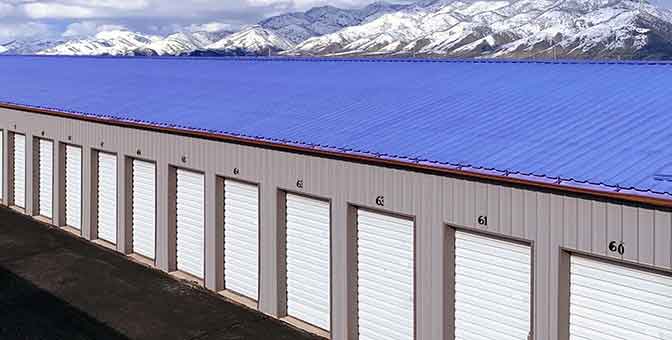
It’s Not Just About Occupancy Anymore
Setting Self Storage Starting Rates Based on Occupancy
It has been a common practice for Self Storage operators to set the starting price, or rate, for vacant units based mainly on occupancy conditions. If units were highly occupied, the starting rate would be higher. Conversely, if occupancy was low, so too was the starting rate.
Occupancy-based pricing is intuitively appealing and relatively easy to implement. Stagnant occupancy due to a lack of move-ins for a unit type over a long period of time can also precipitate a price decrease. Some Property Management Systems have automated rules, even today, which enable such an approach.
However, this approach today may mean leaving money on the table.
Dr. Warren Lieberman, in his article “Pricing and Revenue Management: Recent Trends in Self Storage”, published in the Spring 2019 issue of the Florida Self Storage Association’s magazine INPRINT, starting on page 8, identifies additional factors to consider and competitive pricing insights.
Limitation to the Existing Approach
The occupancy driven approach has widely recognized limits. For example, it fails to anticipate future demand (i.e. move-ins) and changes in unit vacancy levels (i.e. move-outs). That means pricing may be reactively, but not pro-actively, adjusted for seasonal fluctuations. Pricing changes are delayed and revenue opportunities lost.
Now increasingly, Self Storage operators are systematically incorporating additional elements into the pricing process, such as demand and supply forecasts, enhanced understanding of recent price changes on occupancy impacts, and perhaps most commonly, competitor prices.
A Focus on the Competition
In the past, obtaining competitor pricing was labor-intensive often requiring store managers to call their competitors directly or manually review websites. While these activities proved useful, due to the time required they were only carried out periodically–perhaps on a weekly or monthly basis (and often less frequently!)–and only for the more common unit sizes.
Today, competitor prices on websites as well as move-in promotion offers are far easier to obtain via a variety of automated methods. Self-Storage operators can easily obtain up-to-date information without relying on the efforts of staff. Electronically captured data, moreover, is far more comprehensive and typically more accurate as well.
For example, at Veritec Solutions we collect web-based pricing data from over 1,500 self-storage companies across the United States. We cover companies whose portfolio size range from 1 to over 2,000.
Pricing Based on the Competition
Without knowing competitor prices, low occupancy of a unit type might lead an operator to lower its price, even if it already has the lowest price in its market.
While it might not be necessary to match or be priced less than a competitor to maximize revenues, it is typically the case that an operator should be “appropriately priced” relative to competitor stores.
If the competitors in your area are actively managing their prices, not only might you want to also do so, you might want to ensure that you are managing your prices with an understanding of what your competitors are charging as well as incorporate some of the other factors mentioned earlier in this blog.
So, how actively are prices managed by self-storage operators? We will look more closely at this question in future blog(s).
